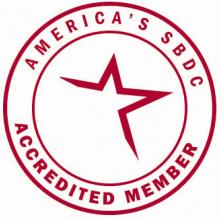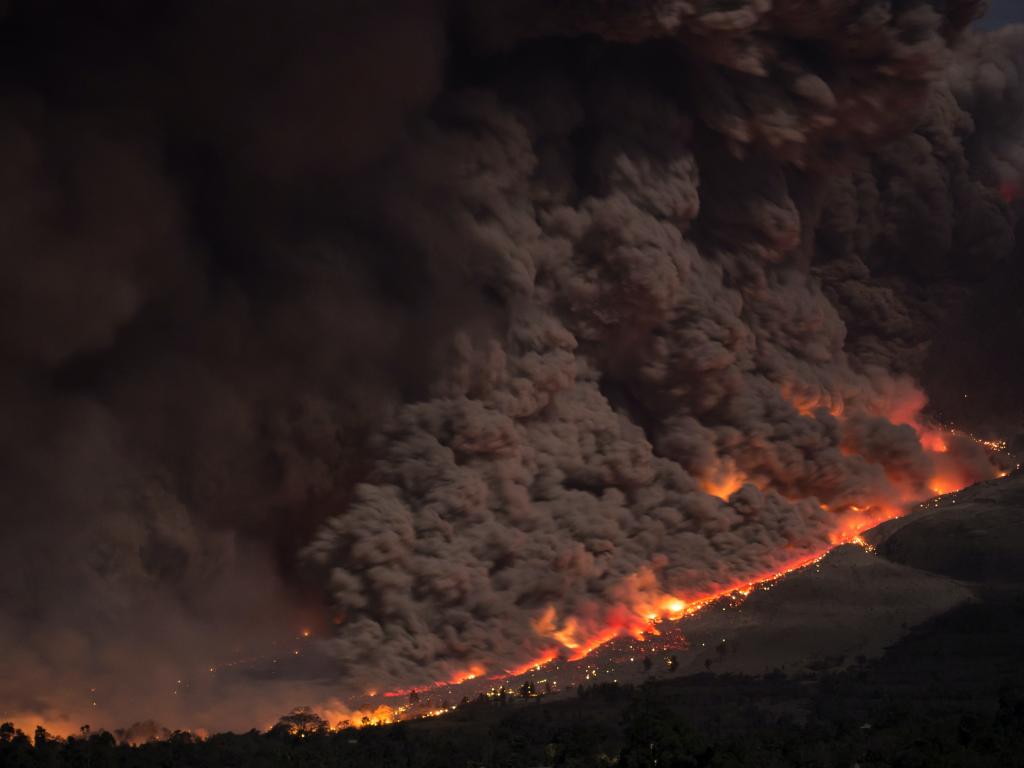
ASBDC Accredited Member seal

Date: 08/24/2020
U.S. SMALL BUSINESS ADMINISTRATION FACT SHEET - DISASTER LOANS
CALIFORNIA Declaration #16603 #16604
(Disaster: CA-00325)
Incident: WILDFIRES
occurring: August 14, 2020 & continuing in the California counties of: Lake, Monterey, Napa, San Mateo, Santa Cruz, Solano, Sonoma & Yolo; and for economic injury only in the contiguous California counties of: Alameda, Colusa, Contra Costa, Fresno, Glenn, Kings, Marin, Mendocino, Sacramento, San Benito, San Francisco, San Luis Obispo, Santa Clara & Sutter
Application Filing Deadlines:
Physical Damage: October 21, 2020
Economic Injury: May 24, 2021
If you are located in a declared disaster area, you may be eligible for financial assistance from the U.S. Small Business Administration (SBA).
What Types of Disaster Loans are Available?
What are the Credit Requirements?
What are the Interest Rates?
By law, the interest rates depend on whether each applicant has Credit Available Elsewhere. An applicant does not have Credit Available Elsewhere when SBA determines the applicant does not have sufficient funds or other resources, or the ability to borrow from non-government sources, to provide for its own disaster recovery. An applicant, which SBA determines to have the ability to provide for his or her own recovery is deemed to have Credit Available Elsewhere. Interest rates are fixed for the term of the loan. The interest rates applicable for this disaster are:
| Loan Types | No Credit Available Elsewhere | Credit Available Elsewhere |
|---|---|---|
|
Home Loans |
1.188% |
2.375% |
|
Business Loans |
3.000% |
6.000% |
|
Non-Profit Organizations |
2.750% |
2.750% |
Economic Injury Loans
| Loan Types | No Credit Available Elsewhere | Credit Available Elsewhere |
|---|---|---|
|
Business & Small Agricultural Cooperatives |
3.000% |
N/A |
|
Non-Profit Organizations |
2.750 |
N/A |
What are Loan Terms?
The law authorizes loan terms up to a maximum of 30 years. However, the law restricts businesses with credit available elsewhere to a maximum 7-year term. SBA sets the installment payment amount and corresponding maturity based upon each borrower’s ability to repay.
What are the Loan Amount Limits?
What Restrictions are there on Loan Eligibility?
Note: Loan applicants should check with agencies / organizations administering any grant or other assistance program under this declaration to determine how an approval of SBA disaster loan might affect their eligibility.
Is There Help with Funding Mitigation Improvements?
If your loan application is approved, you may be eligible for additional funds to cover the cost of improvements that will protect your property against future damage. Examples of improvements include retaining walls, seawalls, sump pumps, etc. Mitigation loan money would be in addition to the amount of the approved loan, but may not exceed 20 percent of total amount of physical damage to real property, including leasehold improvements, and personal property as verified by SBA to a maximum of $200,000 for home loans. It is not necessary for the description of improvements and cost estimates to be submitted with the application. SBA approval of the mitigating measures will be required before any loan increase.
Is There Help Available for Refinancing?
What if I Decide to Relocate?
You may use your SBA disaster loan to relocate. The amount of the relocation loan depends on whether you relocate voluntarily or involuntarily. If you are interested in relocation, an SBA representative can provide you with more details on your specific situation.
Are There Insurance Requirements for Loans?
To protect each borrower and the Agency, SBA may require you to obtain and maintain appropriate insurance. By law, borrowers whose damaged or collateral property is located in a special flood hazard area must purchase and maintain flood insurance. SBA requires that flood insurance coverage be the lesser of 1) the total of the disaster loan, 2) the insurable value of the property, or 3) the maximum insurance available.
Applicants may apply online, receive additional disaster assistance information and download applications at https://disasterloanassistance.sba.gov/. Applicants may also call SBA’s Customer Service Center at (800) 659-2955 or email disastercustomerservice@sba.gov for more information on SBA disaster assistance. Individuals who are deaf or hard-of-hearing may call (800) 877-8339. Completed applications should be mailed to U.S. Small Business Administration, Processing and Disbursement Center, 14925 Kingsport Road, Fort Worth, TX 76155.

ASBDC Accredited Member seal
Funded in part through a Cooperative Agreement with the U.S. Small Business Administration and a Grant with the Governor’s Office of Business and Economic Development. All opinions, conclusions, and/or recommendations expressed herein are those of the author(s) and do not necessarily reflect the views of the SBA or the Governor’s Office of Business and Economic Development. Reasonable accommodations for persons with disabilities will be made if requested at least two weeks in advance. Contact the California SBDC closest to you.